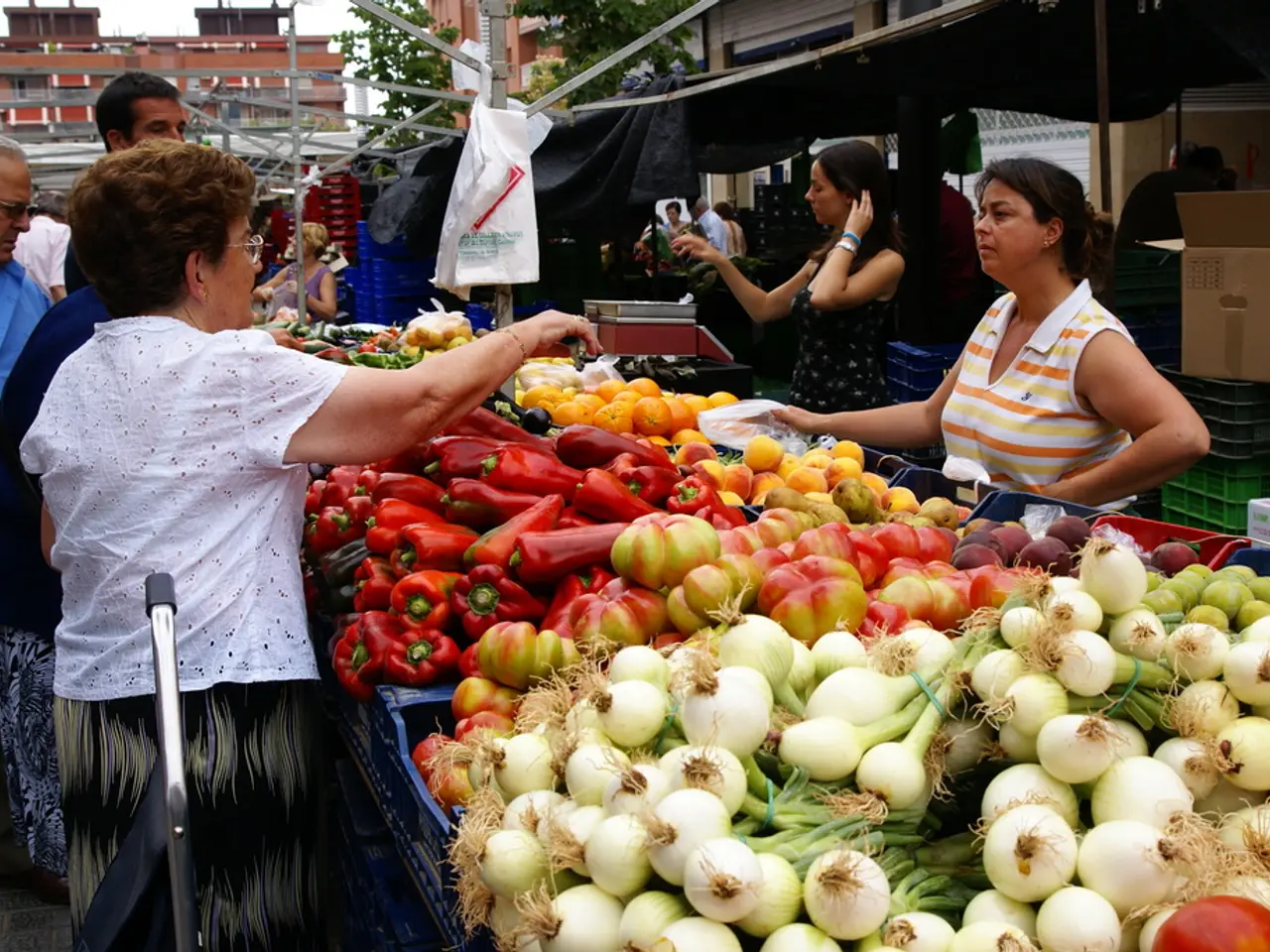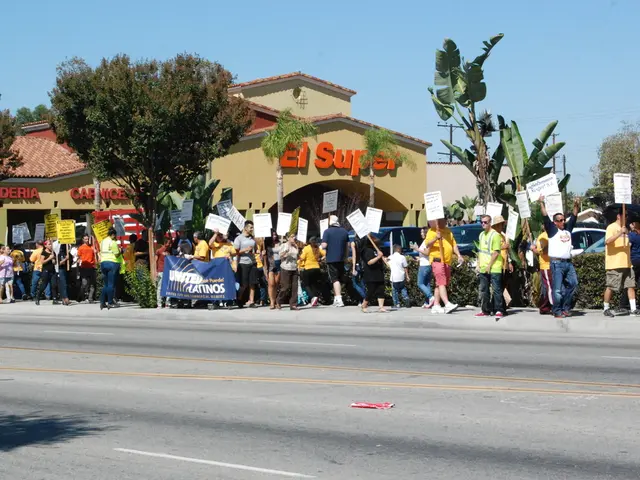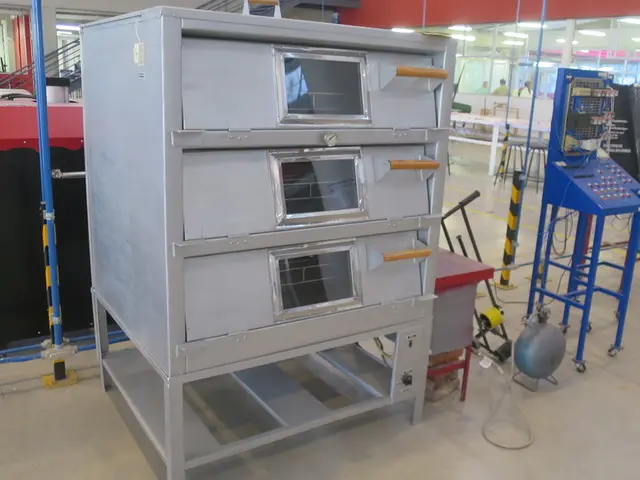Over 3 million people in Thailand live below the poverty line, with 870,000 of them earning merely 600 baht each month.
In a bid to address poverty and promote sustainable growth, the National Economic and Social Development Council (NESDC) of Thailand has unveiled a series of recommendations for the Thai government. By 2027, the council aims to implement a negative income tax system, providing direct cash transfers to low-income households. Additionally, the council suggests revising the poverty line, pursuing structural reforms to move away from a low-cost export model, and investing in high-value sectors such as electric vehicles, aerospace, digital industries, and medical devices.
The council emphasises the importance of skills development, automation, infrastructure, and rapid debt restructuring measures to address financial inequality and poverty. However, the specific recommendations for addressing poverty among non-farming populations in 2024 were not disclosed.
According to the NESDC's report, the poverty rate in Thailand increased from 3.41% in 2023 to 4.89% in 2024, affecting 3.43 million people. The poorest 20% of the population spent half of their income on food and drinks, while the wealthiest 10% spent heavily on non-food items such as vehicles, telecoms, tourism, and healthcare.
Farmers in Thailand are particularly hard-hit due to their unstable incomes from weather-dependent crops and fluctuating prices. In 2024, 879,000 people were classified as 'very poor' with an average income of 615 baht per month. To address this issue, the NESDC proposed three measures for the Thai government: systematic assessments of projects' results, development of a centralized population database, and investment in sustainable projects for farmers.
Poverty was more prevalent outside municipal areas than in towns in Thailand. The three southernmost provinces recorded the highest poverty rates. The council also noted that 45.49% of the poor in 2024 were farmers. To tackle this issue, the NESDC urged farm reform, subsidies, and the development of a centralized welfare database.
The poverty line in Thailand was raised from 3,043 baht to 3,078 baht per month in 2024. This increase, however, did not seem to have a significant impact on poverty reduction. Some 2.55 million people in 2024 were classified as 'moderately poor'.
The council reported that 97.49% of the poor in Thailand had access to free medical services. The proportion of elderly receiving allowances in Thailand rose from 94.19% in 2023 to 97.01% in 2024. The proportion of disabled people receiving allowances also increased from 73.85% to 87.45%.
Interestingly, the report revealed that uneducated citizens in Thailand were more likely to be poor, with 14.21% of uneducated citizens classified as poor, compared with just 3% of those with secondary school education.
In conclusion, the NESDC's 2024 report highlights the ongoing issue of poverty in Thailand, particularly among farmers and those in rural areas. The council's recommendations for the Thai government aim to address these issues through a combination of structural reforms, investment in high-value sectors, and targeted assistance for low-income households and farmers. However, more specific recommendations for addressing poverty among non-farming populations were not provided in the report.
Read also:
- Latest Principal Information Bureau Announcements on 12-09-2025
- Farewell uttered to the elderly Berlin rent activist, aged 85, by his companions.
- Energy Efficiency in Housing: Implementing Gender-Targeted Strategies for a Sustainable Future (Part 2)
- Parliamentary Debates in the German Bundestag This Week





